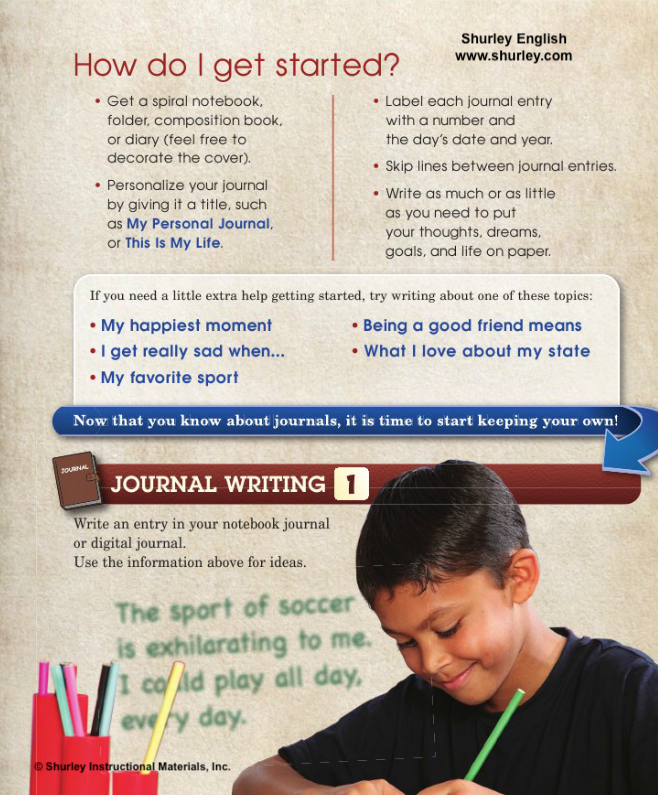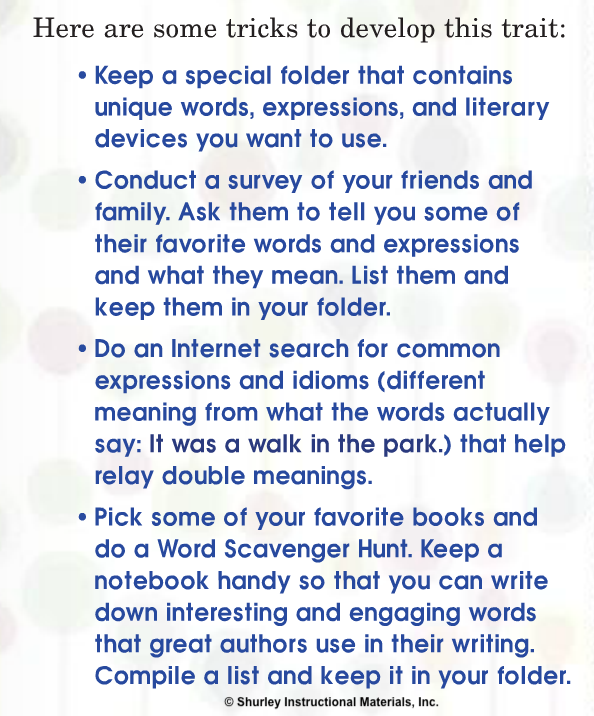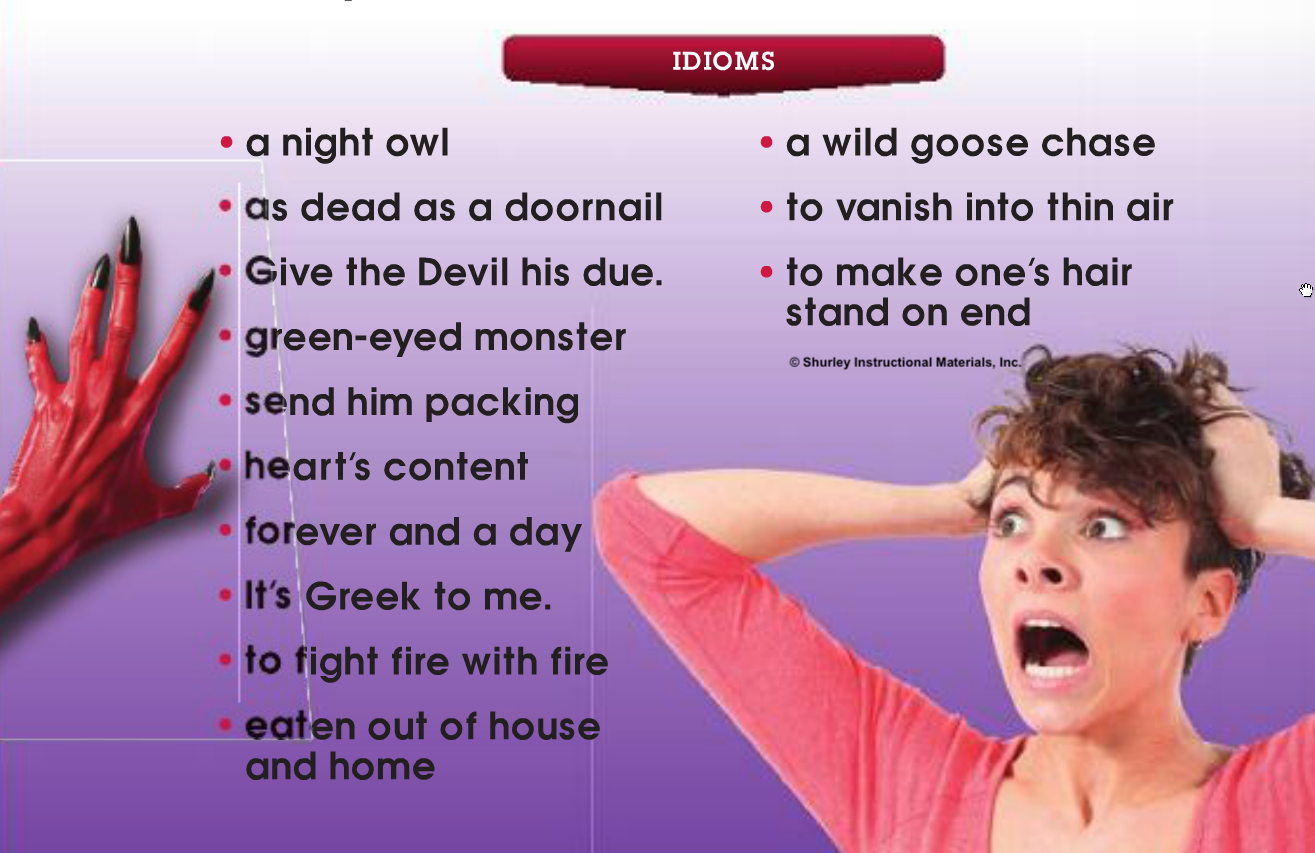The Value of Journal Writing (...and how to get started)
/Mrs. Riddle, my sixth grade teacher, is one of the reasons I became a teacher. I’ll never forget the year I was in her class; it was my final year as an elementary student. I have so many memories, like the day the total solar eclipse happened; it was so dark! Then, there was the time I cried because I got a “D” on my Social Studies test. That’s the day I realized I wasn’t perfect. Another memory I’ll never forget was the day my classmates and I watched the Challenger explode on television during Science class! All of these were big events and are still vivid scenes in my mind, but there was something else that set Mrs. Riddle’s class apart and that I still hold dear. Every day after lunch, she would give us time to write in our own personal journals. She created an opportunity for us to write about something personal, or we could follow a given prompt. We could even share what we wrote with the class if we liked. You see, Mrs. Riddle was that teacher who, of course, was dedicated to our academic success. She cared about our lives outside of her classroom, so she took Journal Time seriously. Believe it or not, I still have my 6th grade journal!
I confess. I didn’t really enjoy writing because I never thought I was very good at it, but in my journal, I always had a lot to say and write. I don’t remember learning such detailed writing structure as what Shurley English teaches, so I never really knew how to organize my writing. That’s why I enjoyed journaling-there were no rules!
I do believe journaling gives learners a chance to really tap into their creative side, and get outside of the rigid box of structured writing. Journaling secretly gives students a tool to clear their minds and relieve stress. If we can de-clutter our minds, especially of the negative junk that moves in and takes over, then maybe we can free-up space for more creative thoughts to reside. What an invaluable tool to teach our young learners.
In my own classroom, I chose to follow Mrs. Riddle’s lead. Shurley English was the curriculum that supported my Journal Time. It supplied specific prompts from which my students could choose, or it allowed for students to create their own interesting prompts with my approval, of course. Yes, reading 25-30 journals took some time, but the result of doing so allowed me to develop a connection with my students that was unique and rewarding!
I think journals are special and meant to be a safe way for people to get creative without judgement. As I reflect 31 years later, I do believe that Mrs. Riddle saw the value in journaling; she knew this was much more than a time-filler. She knew it was a tool that her students could take into adulthood. I'm so glad I did!
Below are some tools to help you get started with Journal Time in your own classroom.
































































































































